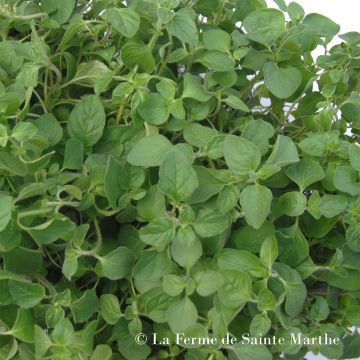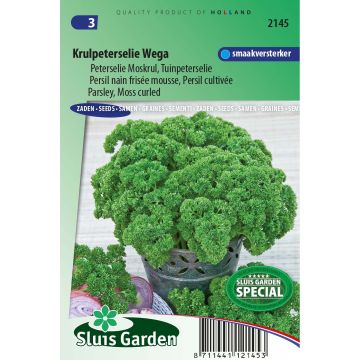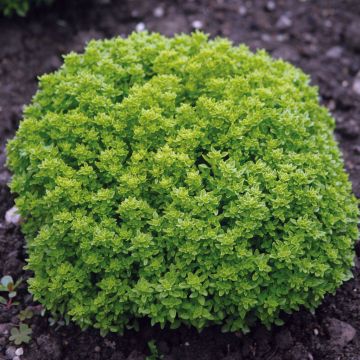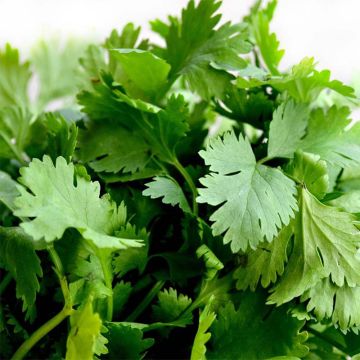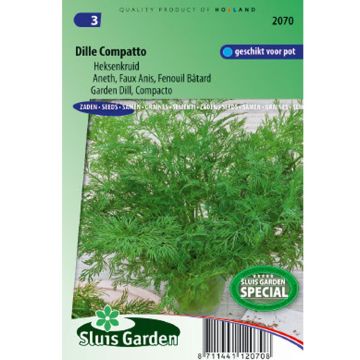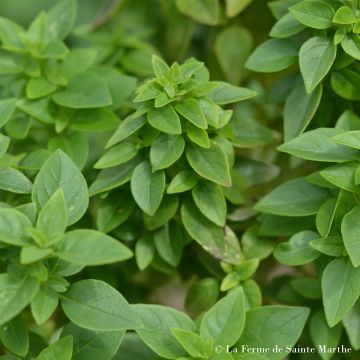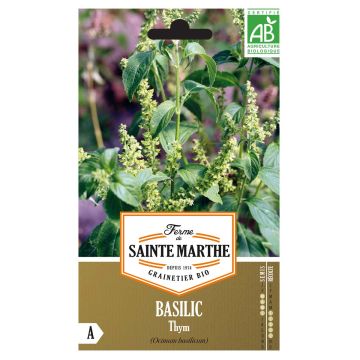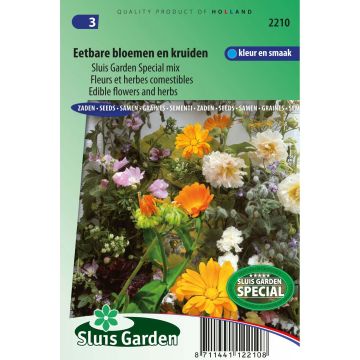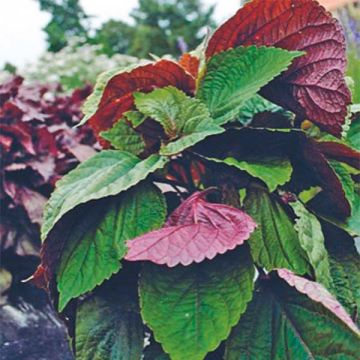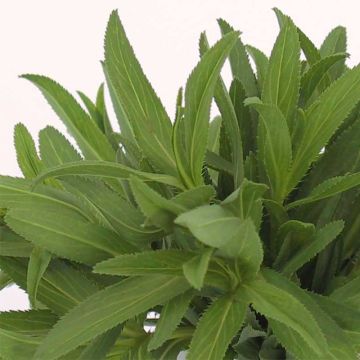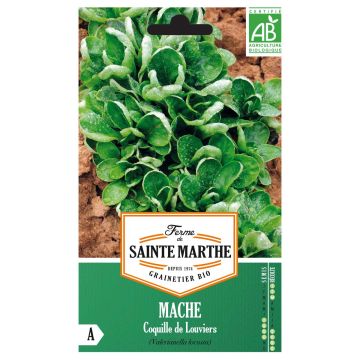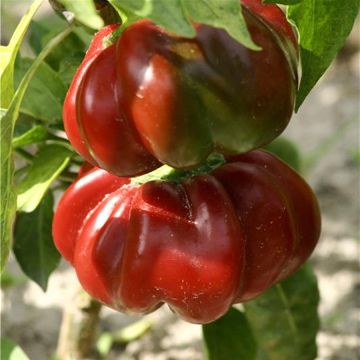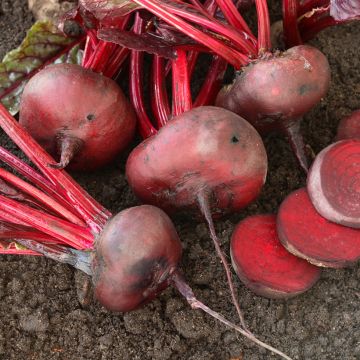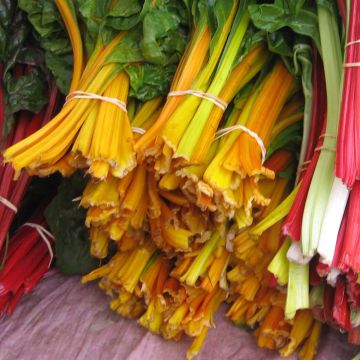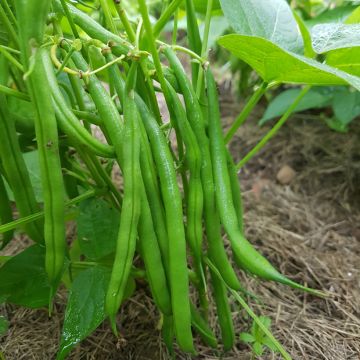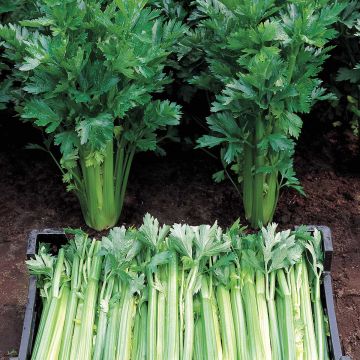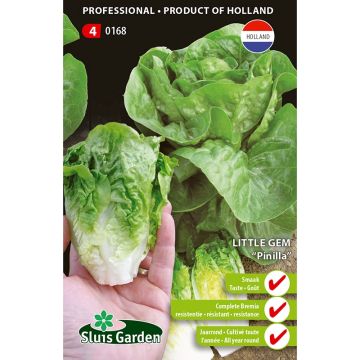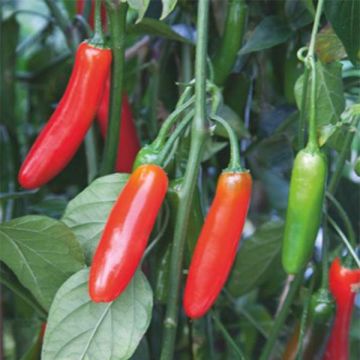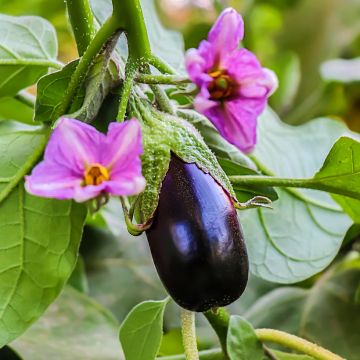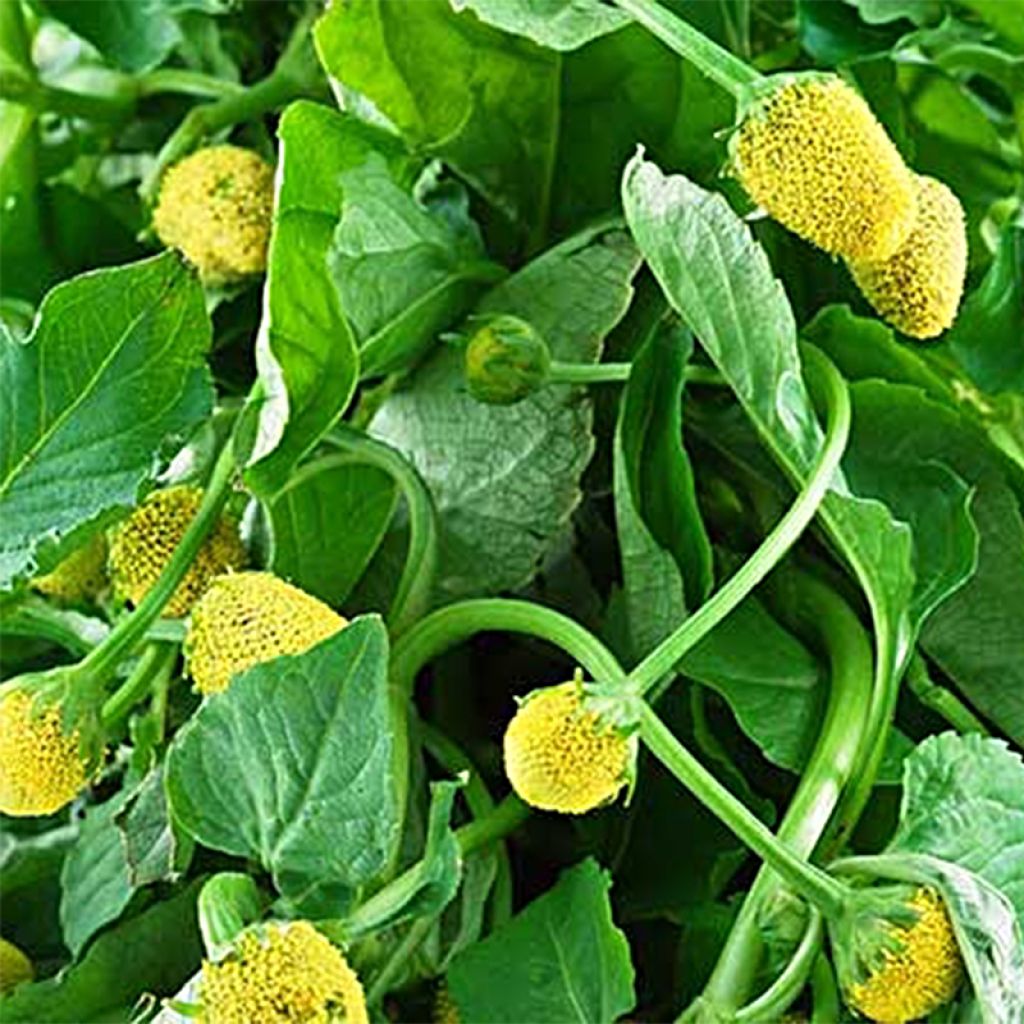

Para Cress yellow - Bredy Mafana - Spilanthes oleracea
Para Cress yellow - Bredy Mafana - Spilanthes oleracea
Spilanthes oleracea
Brazil cress, Brede mafane, Eye ball plant, Novacaine plant, Para cress, Salad cress, Spot plant, Toothache plant
This item cannot be shipped to the selected country
Dispatch by letter from €3.90
More information
Schedule delivery date,
and select date in basket
This plant carries a 6 months recovery warranty
More information
We guarantee the quality of our plants for a full growing cycle, and will replace at our expense any plant that fails to recover under normal climatic and planting conditions.
Seed-only orders are dispatched by sealed envelope. The delivery charge for seed-only orders is €3.90.

Description
Spilanthes oleracea is an aromatic vegetable plant with a spicy flavour and astonishing anaesthetic properties. It is a small vegetable curiosity whose leaves and flowers are consumed fresh or dried, in dishes with strong flavours like Romazava, a traditional Malagasy dish. It is an exotic plant whose seeds can be sown from April to July.
It belongs to the Asteraceae family. It originates from South America. It is is also called Brazilian cress and para cress.
It is an annual herbaceous plant with a spreading habit, measuring about 15cm (6in) in height and 20cm (8in) in width. It develops medium green foliage composed of slightly toothed oblong leaves that are highly aromatic. Its edible flowers appear from August to October, in the form of conical yellow pompoms tinged with red.
In cooking, para cress is an essential ingredient in Romazava, the national dish of Madagascar. It is used raw or cooked in many exotic dishes. It boasts a spicy, peppery flavour (in Malagasy, "breda mafane" literally translates to "hot herb"). It also has a brief anaesthetic effect that can be surprising! The flowers can also be consumed sparingly, as their taste and effect are very pronounced.
Plant it in rich and well-draining soil in a sunny spot. It does not tolerate cold, drought, or waterlogged soils. It can be grown in pots or containers, which is even recommended.
Harvest: it takes place approximately 60 days after sowing before the plant is ready for harvest. The leaves are picked as needed when the flower buds start to open. Cutting the stems will encourage new shoots.
Storage: the leaves should be consumed a few hours after harvesting. However, they can be stored in the refrigerator for a few days, wrapped in a damp cloth. You can also dry them.
Gardener's tip: once the plants are developed, mulch the soil with successive thin layers of grass clippings, if possible mixed with dead leaves. This protection keeps the soil moist and reduces weeding.
Report an error about the product description
Harvest
Plant habit
Foliage
Botanical data
Spilanthes
oleracea
Asteraceae
Brazil cress, Brede mafane, Eye ball plant, Novacaine plant, Para cress, Salad cress, Spot plant, Toothache plant
Cultivar or hybrid
Annual
Other Herb seeds
Planting and care
Sowing
The seeds germinate at a temperature around 18°C (64.4°F). It usually takes 10 days for the seeds to sprout. Choose a sunny area. Sow the seeds directly in the soil from April to July in rich and well-drained soil. When the young plants have 3-4 leaves, thin them out, leaving one plant every 40cm (16in) in all directions.
Beware of slugs!
Cultivation
It cannot tolerate cold, drought, or waterlogged soil. It can be grown in pots or containers, which is even recommended. In this case, sow the seeds directly in the pot from April and move the container outside at the end of May.
Seedlings
Care
Intended location
-
, onOrder confirmed
Reply from on Promesse de fleurs
Vegetable seeds
Haven't found what you were looking for?
Hardiness is the lowest winter temperature a plant can endure without suffering serious damage or even dying. However, hardiness is affected by location (a sheltered area, such as a patio), protection (winter cover) and soil type (hardiness is improved by well-drained soil).

Photo Sharing Terms & Conditions
In order to encourage gardeners to interact and share their experiences, Promesse de fleurs offers various media enabling content to be uploaded onto its Site - in particular via the ‘Photo sharing’ module.
The User agrees to refrain from:
- Posting any content that is illegal, prejudicial, insulting, racist, inciteful to hatred, revisionist, contrary to public decency, that infringes on privacy or on the privacy rights of third parties, in particular the publicity rights of persons and goods, intellectual property rights, or the right to privacy.
- Submitting content on behalf of a third party;
- Impersonate the identity of a third party and/or publish any personal information about a third party;
In general, the User undertakes to refrain from any unethical behaviour.
All Content (in particular text, comments, files, images, photos, videos, creative works, etc.), which may be subject to property or intellectual property rights, image or other private rights, shall remain the property of the User, subject to the limited rights granted by the terms of the licence granted by Promesse de fleurs as stated below. Users are at liberty to publish or not to publish such Content on the Site, notably via the ‘Photo Sharing’ facility, and accept that this Content shall be made public and freely accessible, notably on the Internet.
Users further acknowledge, undertake to have ,and guarantee that they hold all necessary rights and permissions to publish such material on the Site, in particular with regard to the legislation in force pertaining to any privacy, property, intellectual property, image, or contractual rights, or rights of any other nature. By publishing such Content on the Site, Users acknowledge accepting full liability as publishers of the Content within the meaning of the law, and grant Promesse de fleurs, free of charge, an inclusive, worldwide licence for the said Content for the entire duration of its publication, including all reproduction, representation, up/downloading, displaying, performing, transmission, and storage rights.
Users also grant permission for their name to be linked to the Content and accept that this link may not always be made available.
By engaging in posting material, Users consent to their Content becoming automatically accessible on the Internet, in particular on other sites and/or blogs and/or web pages of the Promesse de fleurs site, including in particular social pages and the Promesse de fleurs catalogue.
Users may secure the removal of entrusted content free of charge by issuing a simple request via our contact form.
The flowering period indicated on our website applies to countries and regions located in USDA zone 8 (France, the United Kingdom, Ireland, the Netherlands, etc.)
It will vary according to where you live:
- In zones 9 to 10 (Italy, Spain, Greece, etc.), flowering will occur about 2 to 4 weeks earlier.
- In zones 6 to 7 (Germany, Poland, Slovenia, and lower mountainous regions), flowering will be delayed by 2 to 3 weeks.
- In zone 5 (Central Europe, Scandinavia), blooming will be delayed by 3 to 5 weeks.
In temperate climates, pruning of spring-flowering shrubs (forsythia, spireas, etc.) should be done just after flowering.
Pruning of summer-flowering shrubs (Indian Lilac, Perovskia, etc.) can be done in winter or spring.
In cold regions as well as with frost-sensitive plants, avoid pruning too early when severe frosts may still occur.
The planting period indicated on our website applies to countries and regions located in USDA zone 8 (France, United Kingdom, Ireland, Netherlands).
It will vary according to where you live:
- In Mediterranean zones (Marseille, Madrid, Milan, etc.), autumn and winter are the best planting periods.
- In continental zones (Strasbourg, Munich, Vienna, etc.), delay planting by 2 to 3 weeks in spring and bring it forward by 2 to 4 weeks in autumn.
- In mountainous regions (the Alps, Pyrenees, Carpathians, etc.), it is best to plant in late spring (May-June) or late summer (August-September).
The harvesting period indicated on our website applies to countries and regions in USDA zone 8 (France, England, Ireland, the Netherlands).
In colder areas (Scandinavia, Poland, Austria...) fruit and vegetable harvests are likely to be delayed by 3-4 weeks.
In warmer areas (Italy, Spain, Greece, etc.), harvesting will probably take place earlier, depending on weather conditions.
The sowing periods indicated on our website apply to countries and regions within USDA Zone 8 (France, UK, Ireland, Netherlands).
In colder areas (Scandinavia, Poland, Austria...), delay any outdoor sowing by 3-4 weeks, or sow under glass.
In warmer climes (Italy, Spain, Greece, etc.), bring outdoor sowing forward by a few weeks.

































